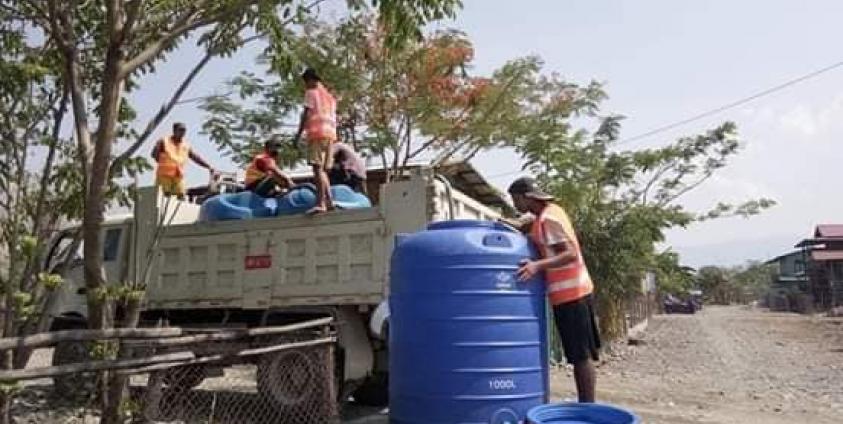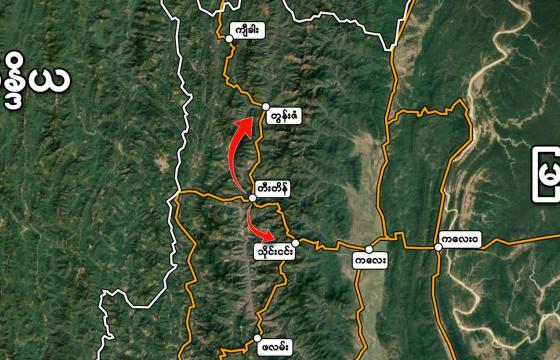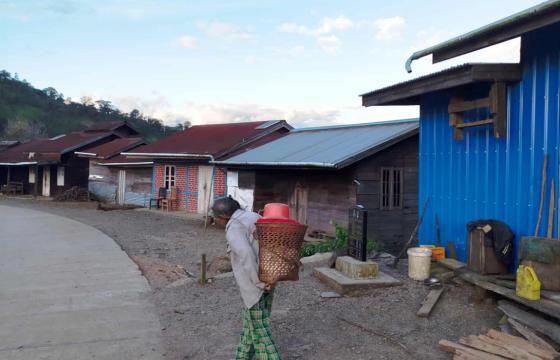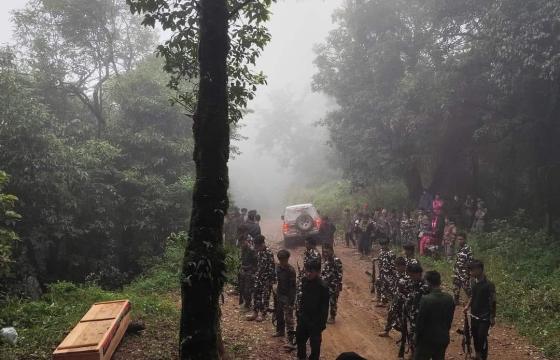More than 20,000 people in Sagaing Region’s Kalay Township are facing a severe water shortage as local wells remain dry after more than a month of drought conditions, according to members of the township’s management committee.
Eight remote villages in the township and four wards in Kalay town have been hit the hardest, affecting a total of 21,011 people in 4,417 households since the water shortage began late last month, official figures showed.
“Township authorities have taken the lead in distributing water to these communities since April 18,” Nyi Nyi, the chairman of the Kalay Township Management Committee, told Khonumthung News.
“Every vehicle from the firefighting department, as well as municipal and private vehicles, gathers at our office at around 9 am. They then distribute water to areas in need, including Tar Hang Ward, which also receives water from local community-based organizations,” Nyi Nyi added.
Tar Hang, Tawng Phila, Tawng Zalap, Indai Kon, Nang Sawng Pu, Nang Han Nwet, Mawlike Kalay, Kangyi, Yazagyo, Sawbwa Yaeshin, Sekant and Nat Gyi Kon are the wards and villages currently facing the most severe shortages.
Shar Mee, an MP for Kalay Township, said that she discussed the issue with officials from the Social Relief and Resettlement Ministry in Naypyitaw and demanded their assistance.
According to Shar Mee, the ministry has promised to provide funding to cover water distribution costs and plastic sheets for use in storing water.
A longtime resident of Tar Hang Ward said that this was the first time she had ever experienced such severe conditions.
“I’ve lived in Tar Hang for more than 50 years and I have never seen anything like this. We have a well, but it never dried up in the dry season before this year. So this comes as a real shock to us,” the woman told Khonumthung News.
A few wells routinely dry up during the dry season in Kalay Township, but residents say this is the first time the problem has been so widespread.
Many have suggested that rapid deforestation after flooding hit Kalay Township in 2015 is largely to blame, while others say that it could be due to a change in the water supply. Some also fear that the problem may be related to climate change.







